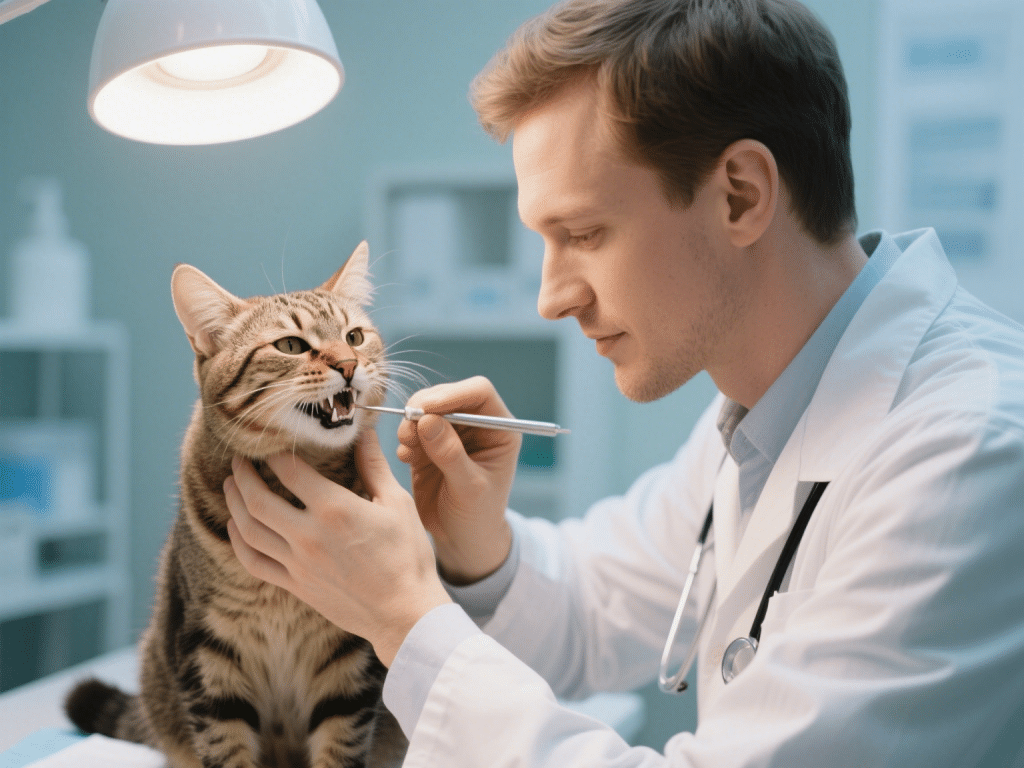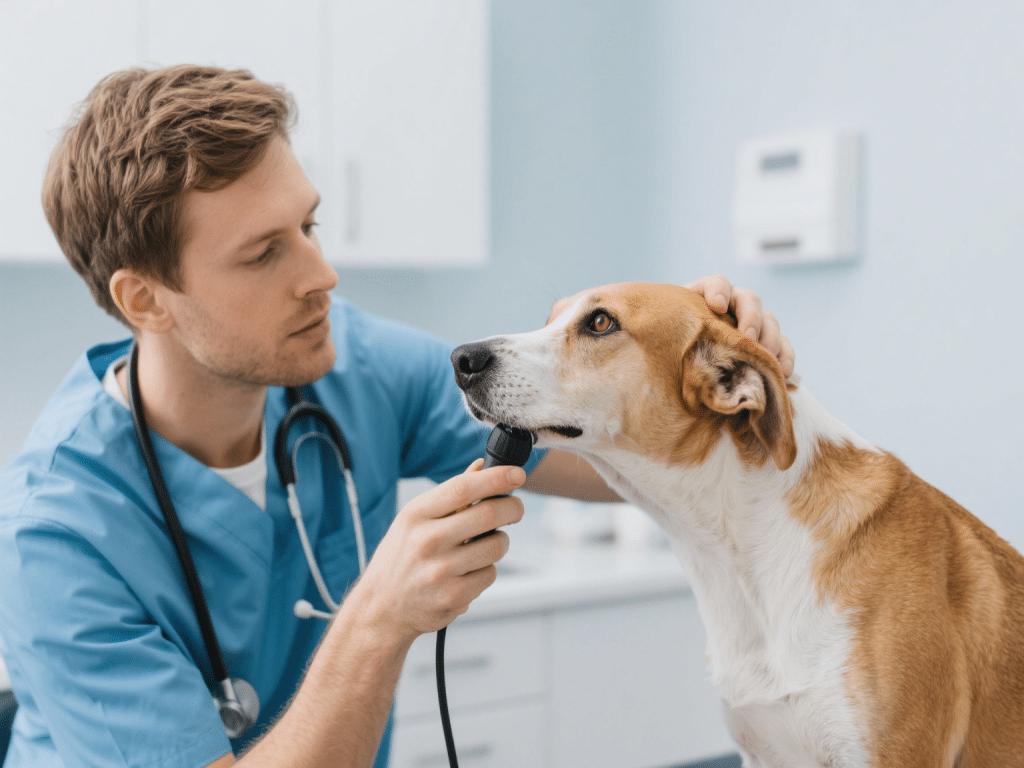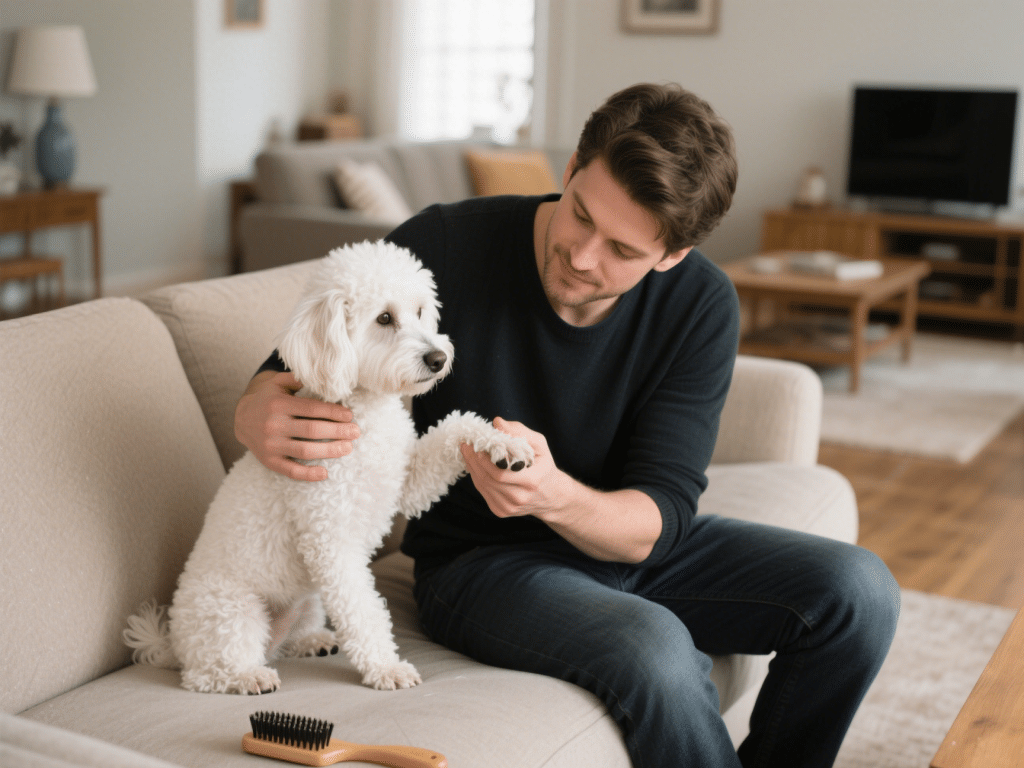
As cats age, their dental health becomes increasingly critical to overall well-being. According to veterinary studies, up to 85% of cats over three years old show some form of periodontal disease¹. Left unchecked, dental issues can lead to pain, infection, and systemic illnesses. In this guide, I’ll share my 15 years of experience as a feline health specialist, teaching you how to recognize the earliest warning signs of dental disease in senior cats.
Why Dental Health Matters
Dental disease in cats isn’t just about bad breath—it can lead to tooth resorption, gingivitis, and even life-threatening infections that spread to the heart and kidneys². As an experienced pet care blogger with a veterinary background, I’ve seen firsthand how proactive dental monitoring can add years of comfortable life to our feline friends.
1. Bad Breath (Halitosis)
One of the first clues is persistent bad breath. While a little “kitty breath” can be normal, chronic halitosis often signals bacterial overgrowth in the mouth. Examine your cat’s breath weekly. If it’s pungent, schedule a professional dental check.
2. Drooling or Pawing at the Mouth
Excessive drooling, difficulty eating, or pawing at the face are clear distress signals. In my clinic, senior cats exhibiting these behaviors often have inflamed gums or painful lesions that require immediate cleaning and sometimes extraction.
3. Red, Inflamed Gums (Gingivitis)
Lift your cat’s lips gently and look for redness or swelling along the gum line. Early gingivitis appears as bright red patches. Daily at-home checks can help catch these changes before they progress to periodontal disease.
4. Tooth Discoloration or Tartar Buildup
Yellow-brown deposits at the gum line indicate plaque turning to tartar. In-office dental cleanings under anesthesia are the gold standard for removal. I recommend annual cleanings for cats over seven.
5. Behavioral Changes
Senior cats in pain may become withdrawn, irritable, or reluctant to be petted around the head. Monitor your cat’s personality as closely as their dental signs; behavioral shifts often accompany discomfort.
Preventive Strategies
Daily Tooth Brushing: Use a feline toothbrush and enzymatic toothpaste. Start slowly, pairing brushing sessions with positive reinforcement.
Dental Treats & Chews: Look for VOHC-approved dental diets that reduce plaque.
Regular Vet Check-Ups: Bi-annual physical exams with dental inspections catch issues before they escalate.
Water Additives: Chlorhexidine-based formulas can lower oral bacteria between brushings.
Case Study: “Whiskers”
Whiskers, a 12-year-old Domestic Shorthair, presented with mild halitosis and reluctance to eat dry food. A dental exam revealed stage 2 periodontal disease. After a professional cleaning and targeted home care plan—daily brushing plus probiotic water additive—Whiskers regained appetite and energy within two weeks.
When to Seek Professional Help
If you observe any of the above signs, don’t delay. Untreated dental disease can lead to tooth loss, jaw fractures, and systemic infections. Your veterinarian may recommend digital dental X-rays to uncover hidden root issues.
Conclusion
Early detection of dental disease transforms prognosis. By integrating simple home checks with professional cleanings and effective preventive tools, you’ll uphold your senior cat’s health, comfort, and longevity. Remember: a little daily care prevents major procedures down the road—keeping purrs strong well into golden years.









